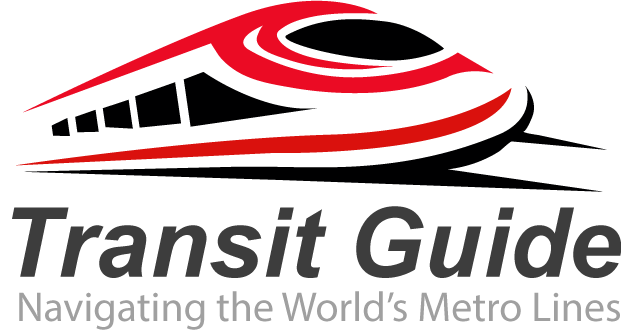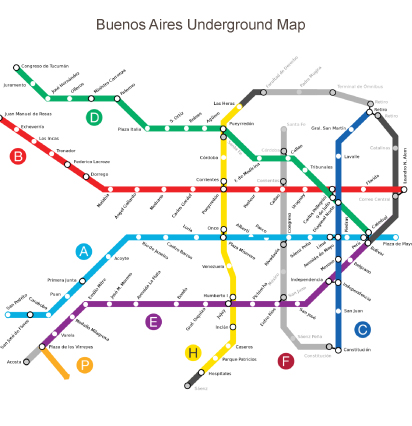The Buenos Aires Metro, locally known as the “Subte,” stands as South America’s most extensive underground railway system and the oldest metro in the southern hemisphere. Whether you’re a tourist exploring Argentina’s vibrant capital or a resident navigating daily commutes, understanding the Subte system is essential for efficient travel throughout Buenos Aires.
Network Overview and Lines
The underground network’s six lines—A, B, C, D, E, and H—comprise 56.7 kilometers (35.2 mi) of routes that serve 90 stations. Each line features distinct color coding for easy navigation: Line A (blue), Line B (red), Line C (blue), Line D (green), Line E (purple), and Line H (yellow). The system extends finger-like from the area near the Plaza de Mayo and the Casa Rosada, connecting the city’s historic center with residential neighborhoods and business districts.
The network also includes the 7.4-kilometre-long (4.6 mi) Premetro line, with 18 more stations, which serves the southern suburbs of Buenos Aires, providing crucial connectivity to areas not covered by the main subway lines.
Operating Hours and Frequency
Trains run every three to ten minutes depending on the line, from about 5:30am to 11:30pm Monday to Friday. The frequency varies throughout the day, with peak hours typically experiencing shorter intervals between trains. Weekend schedules may differ slightly, so travelers should check current timetables before planning their journeys.
Strategic Route Planning
Lines A, B, C, D and E converge in the centre of the city, making downtown Buenos Aires highly accessible from various neighborhoods. This radial design means most destinations can be reached with minimal transfers, though understanding the central connection points is crucial for efficient travel. The system connects the city’s main avenues, train stations and coach stations, making it an integral part of Buenos Aires’ comprehensive public transportation network.
Future Expansion Plans
Buenos Aires continues to modernize and expand its metro system. The Buenos Aires Subte’s expansion program focuses on the addition of three new lines: Line F, Line G, and Line I, significantly extending the existing network. These developments will enhance connectivity and serve high-density areas currently underserved by public transportation.
Travel Tips for Visitors
The Buenos Aires Metro offers one of the most cost-effective ways to explore the city’s diverse neighborhoods, from the historic San Telmo to the upscale Palermo districts. The system’s integration with other public transport modes creates seamless connectivity throughout the metropolitan area.
For first-time users, the metro provides an authentic Buenos Aires experience while efficiently connecting major tourist attractions, shopping areas, and cultural sites. The relatively straightforward six-line system makes navigation manageable even for Spanish-language beginners.
The Subte represents more than just transportation infrastructure—it’s a testament to Buenos Aires’ urban development and continues evolving to meet the city’s growing mobility needs.

